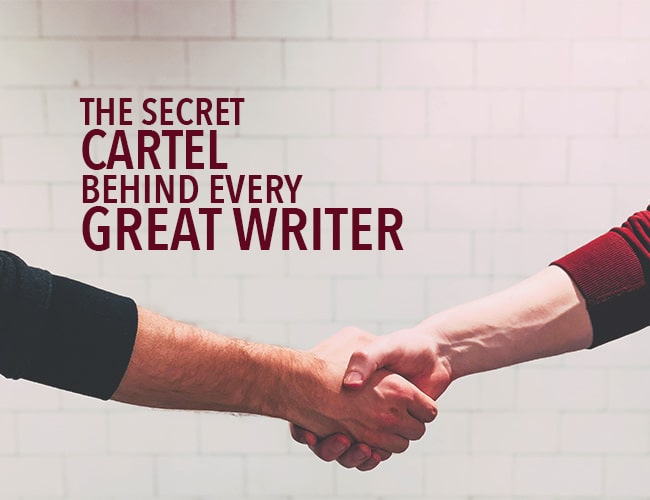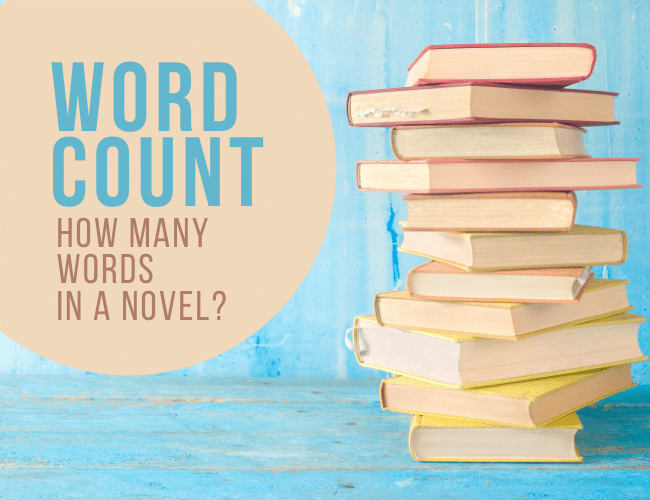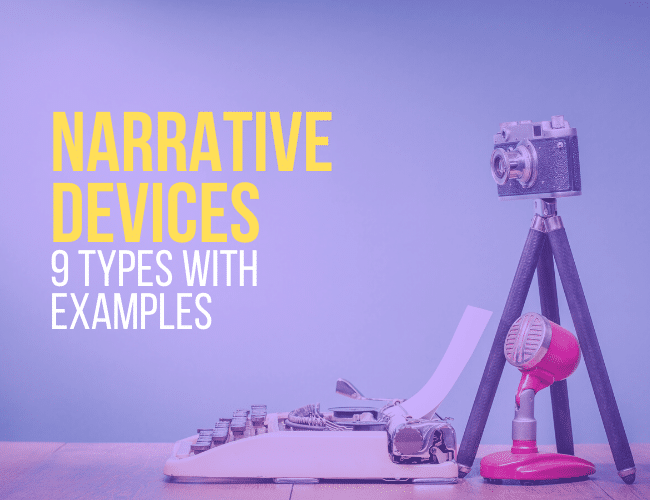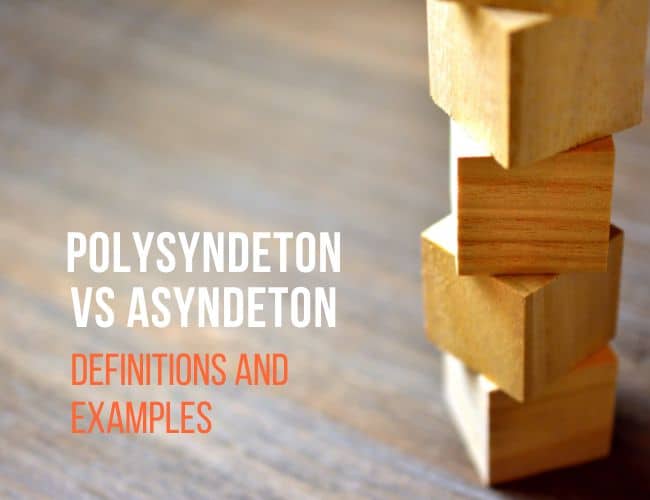
by Joe Bunting |
The stereotypical writer used to be a silent, brooding genius who kept to himself and rarely ventured into the outside world, except to do “research” on how the subjects of his stories lived. People imagined an entire profession of Emily Dickinsons, pale and contemplative.
However, for nearly every famous writer—from Ernest Hemingway to Virginia Woolf, J.R.R. Tolkien to Mary Shelley—this stereotype couldn’t be further from the truth.
And the truth is that nearly every great writer had a Cartel.

by Joe Bunting |
If you want to get published, you need to be aware that major New York publishers are looking for a specific word count, depending on your genre. Your fantasy novel word count needs to be different than your YA Fiction book, which has a different word count from other books.
How many words are in a novel? Or at least one in which publishers might be interested? In this post, we’re going to explain word count and how it affects your chances of publishing success.
Ready to write your novel? Check out our definitive guide, How To Write Write a Novel: The Complete Guide, here.
How long is the average book? And how long should your book be? Here’s a quick summary:

by Joe Bunting |
Writers groups can be an incredibly rich experience. In fact, you can learn more about the craft of writing from a good writers group or creative writing club than you can learn from a thousand blog posts on writing.
However, at the same time, a bad writers group can be a waste of time, and if particularly dysfunctional, can even be incredibly damaging to your confidence and your writing.
If you’re part of a writers group, how do you take it to the next level? And if you’re looking for a writers group, how do you make sure you choose the right one?

by Joe Bunting |
How do you tell a story? Not how do you construct a story, or how do you structure and plot a story? How do you tell a story?
When I think about storytelling at its most basic, I think about our earliest ancestors, sitting around a campfire, sharing stories about their lives, the adventures they’ve been part of, and the history of their people.
This is what narrative devices are about, how you tell the story, and if you’re a writer, the method and perspective of your storytelling is something you must consider.
In this article, we’re going to talk about narrative devices, what they are, the different types found in the best books, plays, films, and serials, and how to use them to tell a powerful story.

by Liz Bureman and Joe Bunting |
Today, we’ll look at the difference between polysyndeton vs asyndeton, share some examples, and explain how and when to use them both in your writing. Let’s get started!




